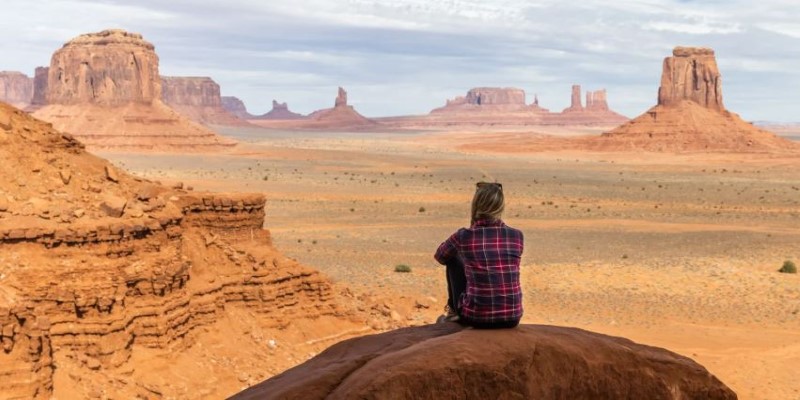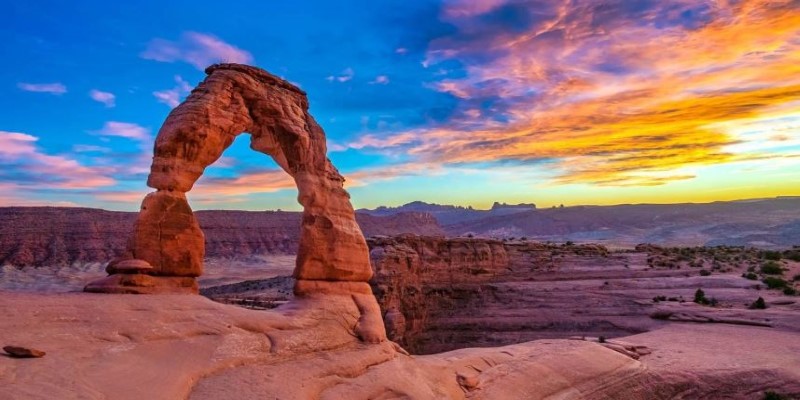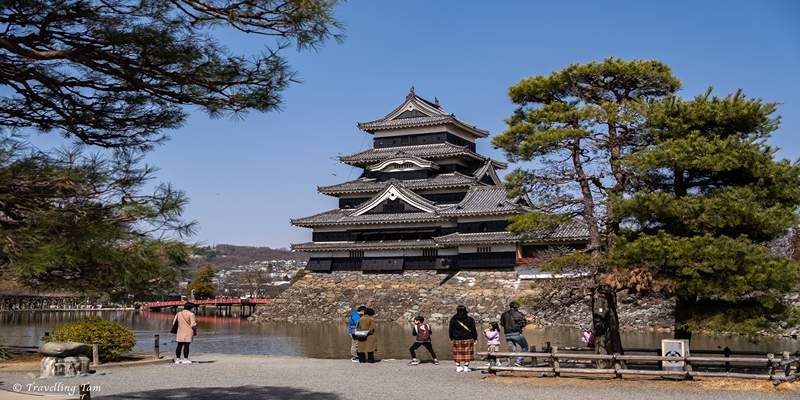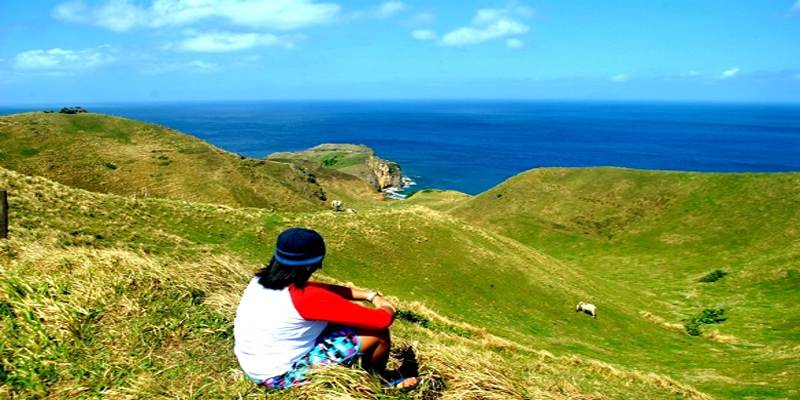Arizona and Utah on a road trip is the ultimate adventure. It gives some of the most wonderful, breathtaking, and iconic natural wonders of the world. You see the bend of the Colorado River at Horseshoe Bend. You are into the giant sandstone formations of Monument Valley and, finally, to the wonderful rock arches of Devil's Garden.
Diverse terrain like desert vistas, rocky canyons, and sweeping valleys are all shown, thus the raw beauty of nature. Whether you are a photographer, an adventure person, or just looking to find peace, this route surely promises a different experience in life. Let's focus on three must-visit destinations: Horseshoe Bend, Monument Valley, and Devil's Garden.
Horseshoe Bend: Nature’s Majestic Curve
Just outside the small town of Page, Arizona, Horseshoe Bend is one of the most impressive views in the American Southwest. This iconic meander of the Colorado River curves around a rock formation to create a near-perfect horseshoe shape. Deep red and orange cliffs rise out of the canyon's floor, contrasting with the river's greenish-blue below for a visual masterpiece of the highest order. The view from the overlook is expansive and without equal in providing an image of the river winding its way through the desert.
Horseshoe Bend can be accessed from a very short hike of 15 to 20 minutes coming off the parking lot; it is not that technical. The trail is kind of easy but could have very rocky and exposed areas as far as sun exposure; wear sturdy shoes and bring along your water. While the hike might be easy, at its end, the rewards will be phenomenal. The scale of the surrounding landscape, when standing on the edge of the canyon, is almost overwhelming as it gives you a scope of how the Colorado River had sculpted this natural wonder into what it is now.
For the best view, it is advisable to visit at sunrise or sunset. During these times, the golden light that is cast upon the canyon infuses it with a kind of magical quality. It is, no doubt, a photographer's dream; however, even if you are not a photographer, the view will surely fill you with an appreciation for the natural world.
Monument Valley: A True Western Landscape
Monument Valley is perhaps the most iconic of all Southwestern landscapes. Featured in countless Western movies, its towering sandstone buttes and mesas create a dramatic, almost surreal setting that has captivated filmmakers, artists, and travelers for generations. Located on the Arizona-Utah border, this stunning valley is part of the Navajo Nation Reservation. It offers visitors the chance to experience both the land's beauty and its rich cultural history.

The best way to explore Monument Valley is by taking the Monument Valley Scenic Drive, a 17-mile loop that winds through the valley and gives visitors a close-up view of its striking rock formations. You’ll pass iconic landmarks like the East and West Mitten Buttes, which rise majestically from the desert floor, along with other famous formations such as Merrick Butte and the Sentinel Mesa. The red rock landscapes are set against a vivid blue sky, creating a vibrant contrast that makes the scene even more captivating.
While the Scenic Drive is accessible to most vehicles, consider booking a guided tour with a local Navajo guide to gain a deeper understanding of the area’s history and significance. Navajo guides offer insights into the sacred nature of the land and share stories passed down through generations. Monument Valley is not only a beautiful landscape, but it is also a deeply spiritual place for the Navajo people, and a guided tour can provide you with a richer perspective on the area.
A visit to Monument Valley is best experienced during the early morning or late afternoon when the lighting is perfect for capturing the striking rock formations. As the sun sets, the valley is bathed in warm hues, creating a peaceful and awe-inspiring atmosphere.
Devil’s Garden: A Geological Wonderland
Devil’s Garden, located in Arches National Park in southeastern Utah, is home to some of the most unique and stunning rock formations in the world. The park’s dramatic arches, spires, and fins are the result of millions of years of wind and water erosion, and Devil’s Garden offers some of the best opportunities for hiking and exploration within the park. It’s a place where natural beauty meets geological wonder, and it provides a truly immersive experience for anyone interested in the forces of nature that shape our world.

One of the most popular hikes in Devil's Garden is the Devil's Garden Loop Trail, which takes you through an area filled with a variety of arch formations, including the famous Landscape Arch. At over 290 feet long, the Landscape Arch is the longest natural arch in North America and is a marvel of nature's engineering. The trail itself is about 7.2 miles round-trip, taking hikers through narrow rock canyons, across rocky fins, and up to breathtaking viewpoints. Along the way, you'll encounter formations like Double O Arch and Pine Tree Arch, both of which are stunning examples of the park's unique geological features.
For those looking for a shorter, easier hike, the trail to Landscape Arch offers a quicker route to one of the park's most iconic sights. It's a relatively flat, one-mile walk, making it accessible for most visitors, but it still provides a glimpse into the geological wonders that make this park so special. Whether you're hiking the full loop or simply stopping by to see the arches, Devil’s Garden is a must-see destination for anyone exploring the American Southwest.
Conclusion
An Arizona and Utah road trip offers a chance to experience the unmatched beauty of the American Southwest. From the iconic Horseshoe Bend to the dramatic landscapes of Monument Valley and the unique rock formations at Devil's Garden, this journey immerses you in nature's raw power. These landscapes are not just scenic views but pieces of history and artistry shaped over millennia. Whether hiking, photographing or simply enjoying the vast open spaces, these destinations will leave a lasting impression.










